Urban apartment gardening in India is emerging as a vital trend, reflecting a shift towards sustainable living. This practice, gaining momentum in densely populated cities, is driven by the desire for fresh, organic produce and green spaces. Statistics reveal that in major cities like Mumbai and Bangalore, approximately 60% of urban dwellers are now engaging in some form of balcony or terrace gardening. This movement not only enhances food security but also contributes to environmental health, offering a practical solution for urban sustainability challenges.
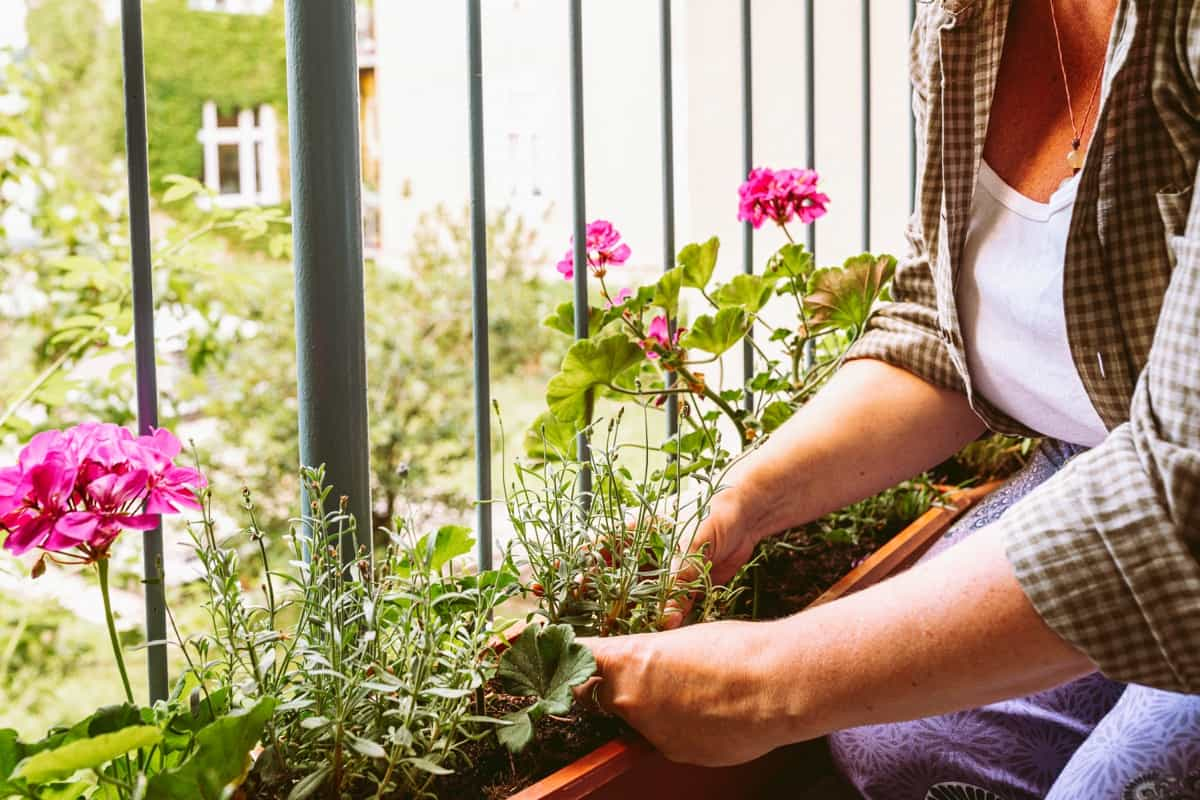
The Benefits of Urban Apartment Gardening in India
Urban apartment gardening offers numerous benefits, including reducing environmental impact, improving air quality, enhancing economic well-being, and promoting social and cultural development. By growing food in your apartment, you can reduce your dependence on imported and processed food, which can lower carbon footprint and greenhouse gas emissions. Additionally, plants can filter out harmful pollutants, produce oxygen, regulate humidity, and moderate temperature.
They also create habitats for beneficial insects like bees, butterflies, which are essential for pollination and biodiversity. Growing food in your apartment can also enhance the economic well-being of urban residents by saving money on grocery bills and fostering social bonds. Plants can add color, texture, and beauty to living spaces, providing shade, insulation, and noise reduction, which improve thermal efficiency and acoustic quality.
Moreover, gardening can help improve the physical and mental health of urban dwellers by providing access to fresh, nutritious, and safe food, which can boost the immune system, prevent diseases, and enhance overall well-being. Additionally, gardening can be a therapeutic activity, providing relaxation, reward, and creativity, reducing stress, anxiety, and depression, and improving cognitive function, memory, and concentration.
Space-Saving Solutions for Urban Apartment Gardens
Vertical gardening is a technique growing plants on vertical structures such as walls, trellises, shelves, or hanging baskets. This method can save floor space, increase yield, and create a visually appealing environment. Examples of vertical gardening systems include green walls, trellises, shelves, and hanging baskets.
Green walls improve air quality, reduce noise, and create a natural backdrop for apartments. Trellises support climbing plants and can be made from metal, wooden, or PVC pipes. Shelves are horizontal platforms that hold pots or containers, creating layers of greenery and maximizing vertical space. Hanging baskets add color and charm to apartments and grow plants that need more sunlight. Container gardening growing plants in pots or other containers that can be moved around.
In case you missed it: The Growing Trend of Urban Terrace Gardening in India for Healthy Living and Sustainability
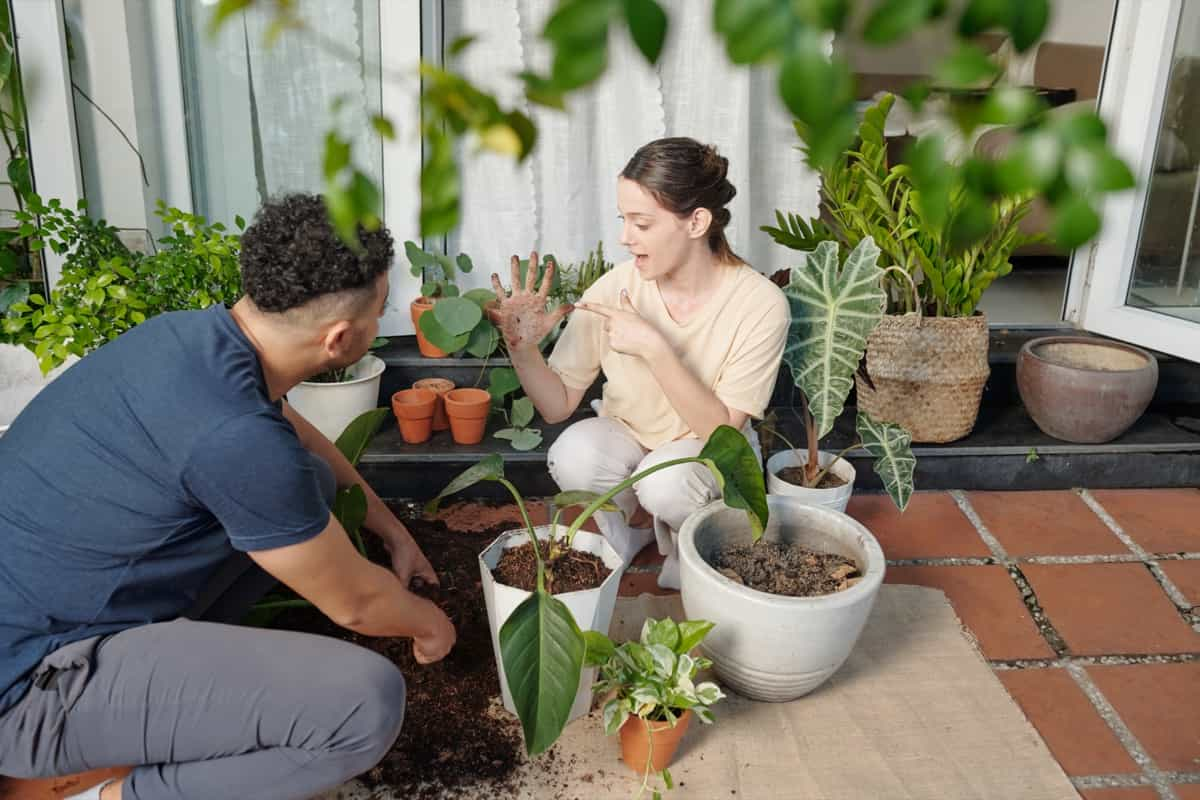
Pots can be made of various materials and come in sizes, shapes, colors, and designs. Window boxes can create mini gardens that add beauty and privacy to apartments. Grow bags are flexible and breathable bags that hold soil and plants, saving space and water while preventing root rot and soil-borne diseases. Self-watering containers like water reservoir at the bottom and a wick system that delivers water to plant roots, reducing watering frequency and ensuring optimal moisture levels. Hydroponic gardening involves:
- Growing plants in water without soil.
- Saving space and water.
- Increasing yield and quality of produce.
Examples of hydroponic gardening systems include deep water culture (DWC), nutrient film technique (NFT), and ebb and flow. These methods can be used with various materials like gravel, sand, or clay pellets as the growing medium.
Indoor Plants for Air Purification in Indian Cities
Air pollution is a significant issue in Indian cities, with levels of particulate matter, nitrogen dioxide, sulfur dioxide, ozone, and carbon monoxide exceeding safe limits. This can lead to health issues like respiratory infections, asthma, allergies, cardiovascular diseases, and cancer. Indoor plants can be grown to combat air pollution and improve indoor air quality. Some of the best indoor plants for air purification include the Areca palm, snake plant, money plant, spider plant, and aloe vera.
Areca palm, a tropical plant, can remove formaldehyde, xylene, toluene, and carbon monoxide from the air, releasing moisture and oxygen. Snake plants can also convert carbon dioxide into oxygen at night, making them ideal for bedrooms. Money plants can remove benzene, formaldehyde, xylene, and toluene from the air and attract positive energy and wealth. Spider plants can remove formaldehyde, xylene, and carbon monoxide from the air and produce baby plants or spiderettes. Aloe vera, a succulent plant, can remove formaldehyde and benzene from the air and has healing properties.
Urban Gardening as a Sustainable Lifestyle Choice in India
Urban gardening is a sustainable lifestyle choice in India that offers numerous health benefits. It provides fresh, organic food, reduces exposure to pesticides and chemicals, enhances the immune system, lowers blood pressure and cholesterol levels, boosts mood and creativity, and relieves stress.
It also reduces environmental footprint by saving water and energy, improving soil quality and biodiversity, and mitigating the urban heat island effect. Urban gardening strengthens social ties by connecting gardeners, sharing produce and knowledge, creating a sense of community, and promoting social justice and food security.
Urban Apartment Gardening: A Solution to Food Security Concerns in India
India’s urbanization rate is expected to rise to 40% by 2030, causing challenges such as pollution, congestion, poverty, and food insecurity. Urban dwellers face food insecurity due to factors like high food prices, low income, lack of land and space for cultivation, dependence on external food sources, and climate change. Urban apartment gardening is a potential solution to address food insecurity in urban areas. This practice involves growing food crops in containers or small spaces on balconies, terraces, rooftops, windowsills, or indoor areas of apartments.
In case you missed it: Cultivating Plants in Recycled Plastic Bottles and Containers: New Art of Sustainable Gardening Practices
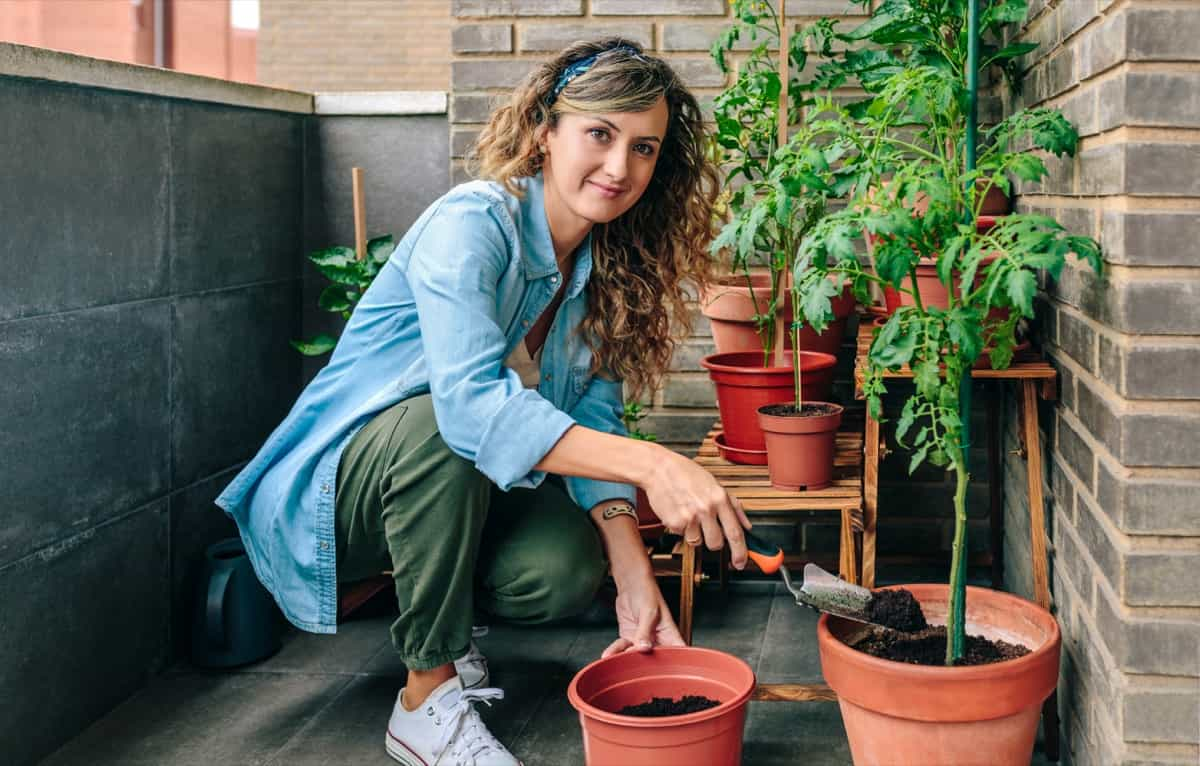
Urban apartment gardening can improve food availability, enhance food quality and safety, save money, reduce food waste, promote health and well-being, contribute to environmental sustainability, and foster social cohesion and community development. By producing fresh, organic, and diverse food items at home, urban apartment gardening can provide a source of nutrition, exercise, relaxation, and therapy while reducing greenhouse gas emissions, water consumption, and waste generation associated with conventional agriculture.
Urban Agriculture: A Growing Movement in Indian Cities
Urban agriculture, a practiced practice in India for centuries, has gained popularity in recent years as a response to urbanization and food insecurity. It involves cultivating crops or raising animals within or on the fringe of urban areas, taking various forms such as home gardens, community gardens, allotment gardens, and commercial gardens. Urban agriculture offers numerous benefits for urban dwellers, including food security, income generation, food sovereignty, urban ecology, aesthetics, and empowerment.
It increases the availability and affordability of fresh, nutritious food, reduces dependence on external food sources, improves urban ecology and aesthetics, and empowers women and marginalized groups through livelihood opportunities, education, empowerment, and social inclusion. These benefits are particularly significant in areas like public parks, vacant lots, schools, and temples.
How to Start an Urban Apartment Garden in India
Urban apartment gardening offers a unique way to grow food, flowers, and herbs in a small space. With the right plants, containers, and proper lighting, create a green oasis in your apartment. Some popular container plants include chard, lettuce, cherry tomatoes, peppers, eggplants, green onions, Asian greens, and herbs. Ornamental plants like succulents, cacti, ferns, orchids, and bonsai can also add beauty and color to your space.
To create a vertical garden, use containers with drainage holes large enough to accommodate the root system of your plants. Recycling plastic bottles, cans, buckets, pots, baskets, or wooden crates can be used as planters. Good quality potting soil with good drainage and aeration is essential. Ensure plants receive adequate sunlight and water, with at least 4-6 hours of direct sunlight per day for thriving. Artificial lights or moving containers can supplement natural light if needed.
Regular watering is crucial to avoid overwatering or underwatering plants. Drip irrigation systems or self-watering pots can automate the watering process and conserve water. Maintaining your apartment garden involves pruning, fertilizing, pest control, and harvesting. Regular pruning removes dead or diseased parts while fertilizing plants once a month with organic compost or liquid fertilizer provides essential nutrients. Monitoring pests and diseases with natural remedies can help control them. Harvesting crops when they are ripe allows you to enjoy the fruits of your labor.
The Role of Community Gardens in Urban Apartments in India
Community gardens are shared spaces in urban apartments where residents grow their food, flowers, and herbs together. They provide fresh, healthy produce, social interaction, and community building. These gardens improve food security and nutrition by offering a fruits, vegetables, grains, and herbs. They also enhance environmental quality and sustainability by promoting local food production, composting, recycling, water conservation, and biodiversity.
In case you missed it: 17 Gardening Mistakes to Avoid This Summer: For Vegetables, Flowers, Herbs, and Fruits
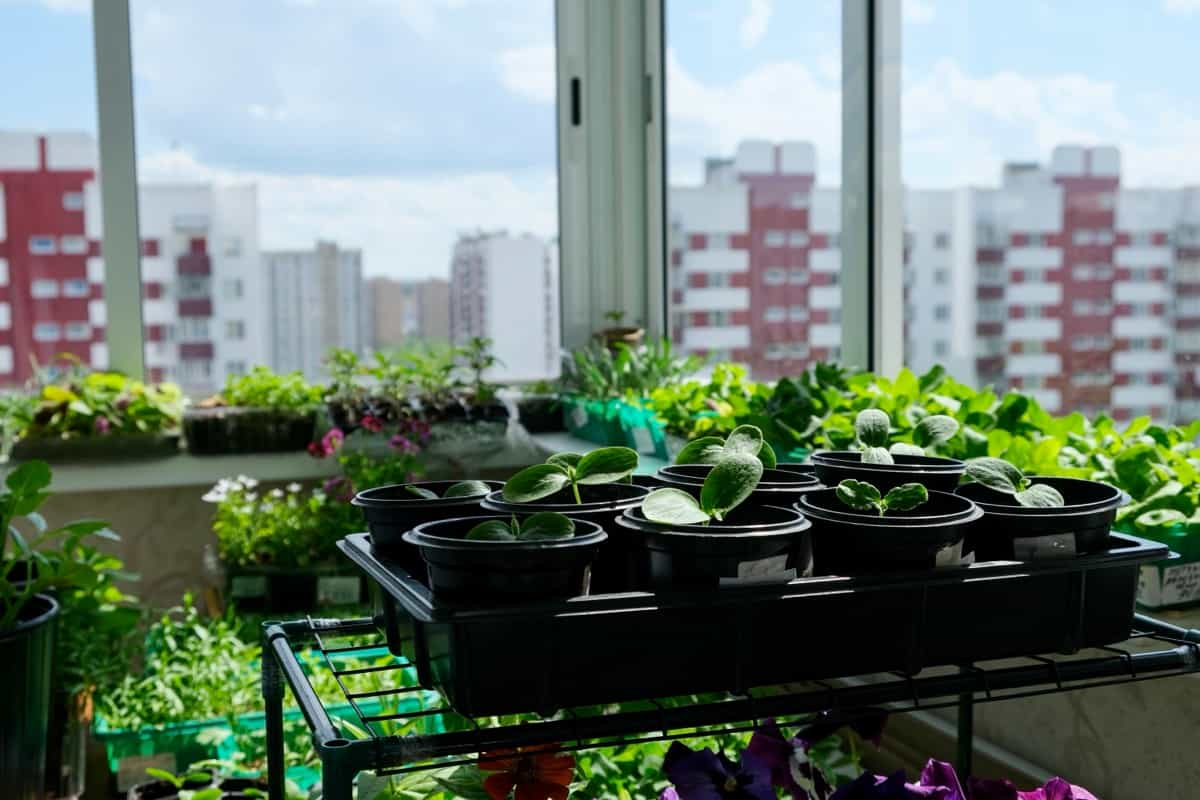
They also improve the microclimate and air quality by creating green spaces that absorb carbon dioxide and produce oxygen. Community gardens foster social cohesion and empowerment by facilitating social interaction, communication, cooperation, and mutual support. They also provide opportunities for skill development, education, recreation, leisure, and civic engagement. Overall, community gardens contribute to the overall well-being of urban dwellers in India.
Urban Apartment Gardening: The Art of Vertical Gardening in India
Urban apartment gardening is a popular and efficient way to grow food and flowers in limited space. Vertical gardening uses vertical structures like walls, trellises, shelves, hanging baskets, and containers to grow plants. It reduces the need for soil, water, and fertilizer, improves air quality, creates a microclimate, attracts beneficial insects and birds, and increases crop yield and diversity. However, it requires more maintenance, poses structural and safety issues, and may have legal and social implications.
Some of the best vertical gardening systems include wall planters, trellises, shelves, hanging baskets, and containers. Wall planters are containers attached to walls or fences, while trellises are frames or lattices fixed to the wall or fence. Shelves are racks or ledges mounted on walls or fences while hanging baskets are suspended from ceilings or balconies. Containers are pots or boxes placed on the floor or stands, filled with soil or hydroponic medium, and planted with small, medium, or large plants.
The Psychological Benefits of Urban Apartment Gardening in India
Urban apartment gardening is a popular hobby among city dwellers, offering psychological benefits like stress relief, mood enhancement, cognitive stimulation, and social interaction. A study by the University of Hyderabad found that urban apartment gardening can reduce stress levels by 36% and improve mental health by 28% among participants. It also increases self-esteem, happiness, and life satisfaction. Urban apartment gardening helps people cope with challenges like noise, pollution, traffic, and crowding by creating a green oasis on their balconies or terraces.
In case you missed it: How to Solve the Challenges of Urban Agriculture/Farming/Gardening
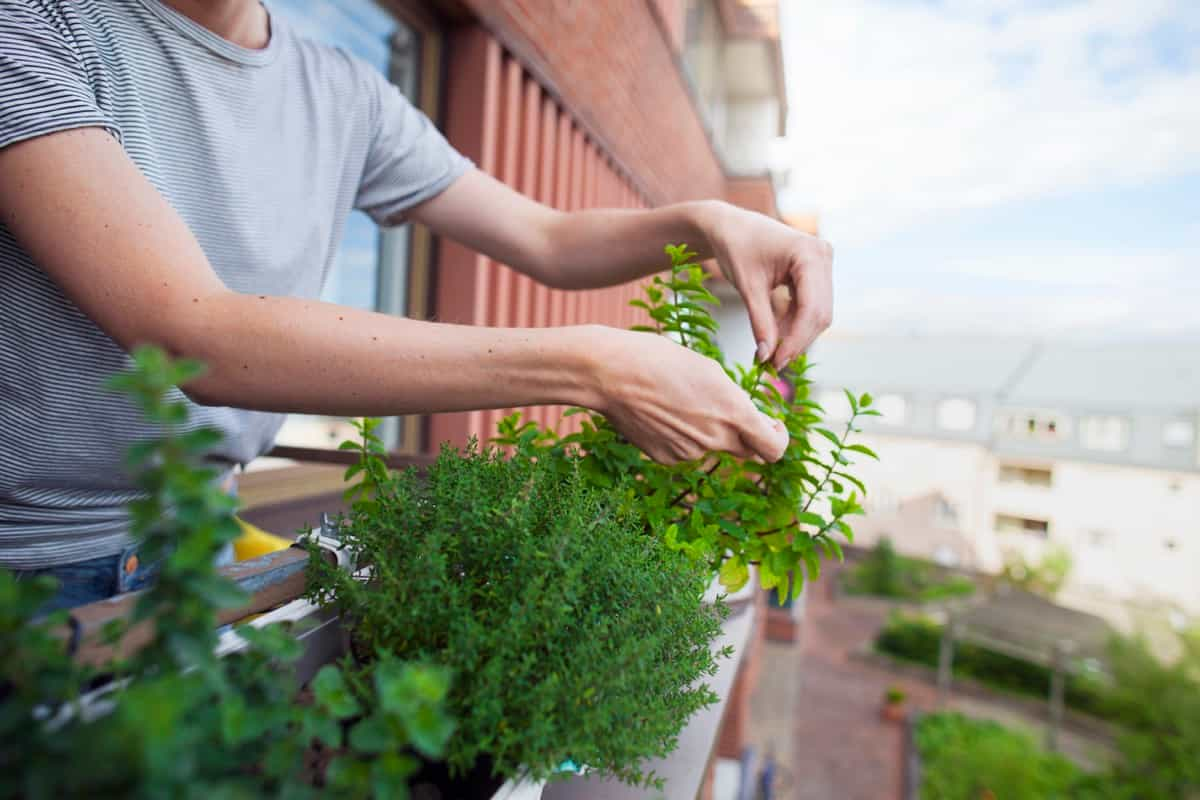
Urban Apartment Gardening: A Way to Connect with Nature in Indian Cities
Urban apartment gardening is a popular way for people to connect with nature and experience its beauty and diversity. It offers a variety of plants, flowers, fruits, vegetables, and herbs that enhance the aesthetic appeal of urban spaces. It also fosters environmental awareness and responsibility among urban dwellers by reducing their carbon footprint, saving water, and avoiding pesticides. By attracting pollinators, urban apartment gardeners support local biodiversity and ecosystem services.
The Economic Impact of Urban Apartment Gardening in India
Urban apartment gardening offers a significant economic boost for both individuals and society. On an individual level, it provides income, savings, and food security for residents. A survey found that 20% of respondents sell produce from balcony gardens to earn extra income, while 30% save money by growing their food. On a societal level, urban apartment gardening creates employment opportunities, reduces food waste, enhances food quality, and boosts local markets. The FAO reports that urban agriculture can generate up to 15% of the city’s food supply and create 200 million jobs worldwide.
Urban Apartment Gardening: A Solution to Climate Change in Indian Cities
Urban apartment gardening can help mitigate climate change in Indian cities by reducing greenhouse gas emissions, increasing green cover and photosynthesis, and enhancing the resilience and sustainability of the urban food system. By lowering food transportation, refrigeration, and packaging demand, urban apartment gardening can sequester carbon dioxide and provide fresh, nutritious food that can withstand extreme weather events. Additionally, urban apartment gardening can improve the microclimate of the city by reducing the urban heat island effect, increasing humidity, and moderating temperatures.
The Impact of Urban Apartment Gardening on Local Ecosystems in India
Urban apartment gardening in India can enhance biodiversity and ecological functions by providing habitats, food, and shelter for various flora and fauna. It also helps conserve water and soil resources by improving water retention and infiltration capacity.
In case you missed it: Gardening Tips for Beginners: At Home, in Pots/Containers, Indoors, On Terrace for Vegetables, Flowers, Fruits, and Herbs
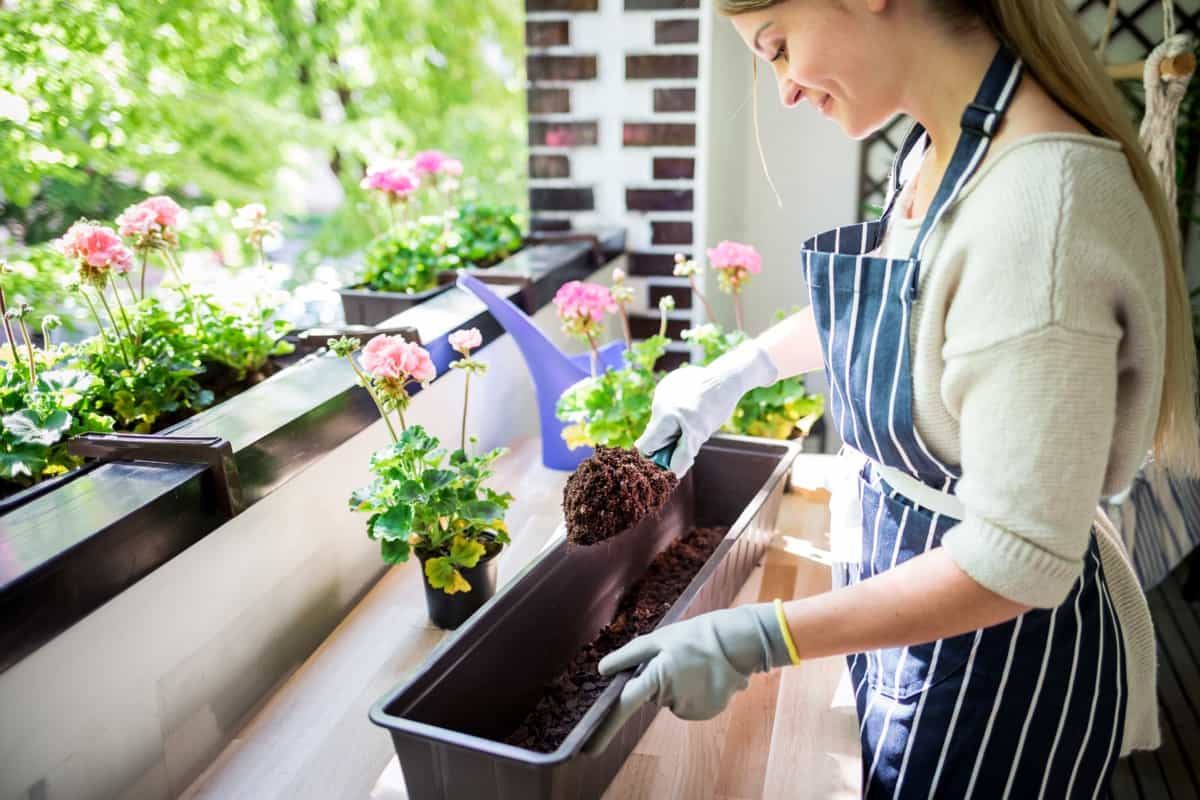
However, it also poses risks and challenges, such as the introduction of invasive species, the use of pesticides, fertilizers that can contaminate soil and water quality, and the overexploitation of natural resources like water, land, and energy, which can deplete the environmental capital of the city. Therefore, careful consideration and management of urban apartment gardening is crucial for sustainable urban development.
Conclusion
The surge in urban apartment gardening across India marks a pivotal step towards sustainable living. This trend, blending tradition with innovation, is reshaping urban lifestyles, fostering self-sufficiency, and enhancing environmental well-being. It’s a testament to the growing consciousness among Indians about the importance of sustainable practices in daily life.
- Types of Pesticides Used in Agriculture: A Beginner’s Guide
- Economical Aquaculture: A Guide to Low-Budget Fish Farming
- 15 Common Planting Errors That Can Doom Your Fruit Trees
- How to Make Houseplants Bushy: Effective Tips and Ideas
- Innovative Strategies for Boosting Coconut Pollination and Yield
- Pollination Strategies for Maximum Pumpkin Yield
- The Complete Guide to Chicken Fattening: Strategies for Maximum Growth
- Natural Solutions for Tulip Problems: 100% Effective Remedies for Leaf and Bulb-Related Issues
- Revolutionizing Citrus Preservation: Towards a Healthier, Greener Future
- Natural Solutions for Peony Leaf and Flower Problems: 100% Effective Remedies
- Maximizing Profits with Avocado Contract Farming in India: A Comprehensive Guide
- Natural Solutions for Hydrangea Problems: 100% Effective Remedies for Leaf and Flowers
- The Ultimate Guide to Choosing the Perfect Foliage Friend: Bringing Life Indoors
- From Sunlight to Sustainability: 15 Ways to Use Solar Technology in Agriculture
- The Ultimate Guide to Dong Tao Chicken: Exploring from History to Raising
- The Eco-Friendly Makeover: How to Convert Your Unused Swimming Pool into a Fish Pond
- Mastering the Art of Delaware Chicken Farming: Essentials for Healthy Backyard Flocks
- 20 Best Homemade Fertilizers for Money Plant: DIY Recipes and Application Methods
- How to Craft a Comprehensive Free-Range Chicken Farming Business Plan
- Brighten Your Flock: Raising Easter Egger Chickens for Beauty and Bounty
- How to Optimize Your Poultry Egg Farm Business Plan with These Strategies
- Subsidy for Spirulina Cultivation: How Indian Government Schemes Encouraging Spirulina Farmers
- Ultimate Guide to Raising Dominique Chickens: Breeding, Feeding, Egg-Production, and Care
- Mastering the Art of Raising Jersey Giant Chickens: Care, Feeding, and More
- Ultimate Guide to Raising Legbar Chickens: Breeding, Farming Practices, Diet, Egg-Production
- How to Raise Welsummer Chickens: A Comprehensive Guide for Beginners
- How to Protect Indoor Plants in Winter: A Comprehensive Guide
- Ultimate Guide to Grow Bag Gardening: Tips, Tricks, and Planting Ideas for Urban Gardeners
- Guide to Lotus Cultivation: How to Propagate, Plant, Grow, Care, Cost, and Profit
- Agriculture Drone Subsidy Scheme: Government Kisan Subsidy, License, and How to Apply Online
- Ultimate Guide to Raising Araucana Chickens: Breed Profile, Farming Economics, Diet, and Care
- Bringing Hydroponics to Classroom: Importance, Benefits of Learning for School Students
- Ultimate Guide to Raising Polish Chickens: Breed Profile, Farming Economics, Diet, and Care
- Ultimate Guide to Raising Australorp Chickens: Profile, Farming Economics, Egg Production, Diet, and Care
- Silkie Chicken Farming: Raising Practices, Varieties, Egg Production, Diet, and Care
- Sussex Chicken Farming: Raising Practices, Varieties, Egg Production, Diet and Care